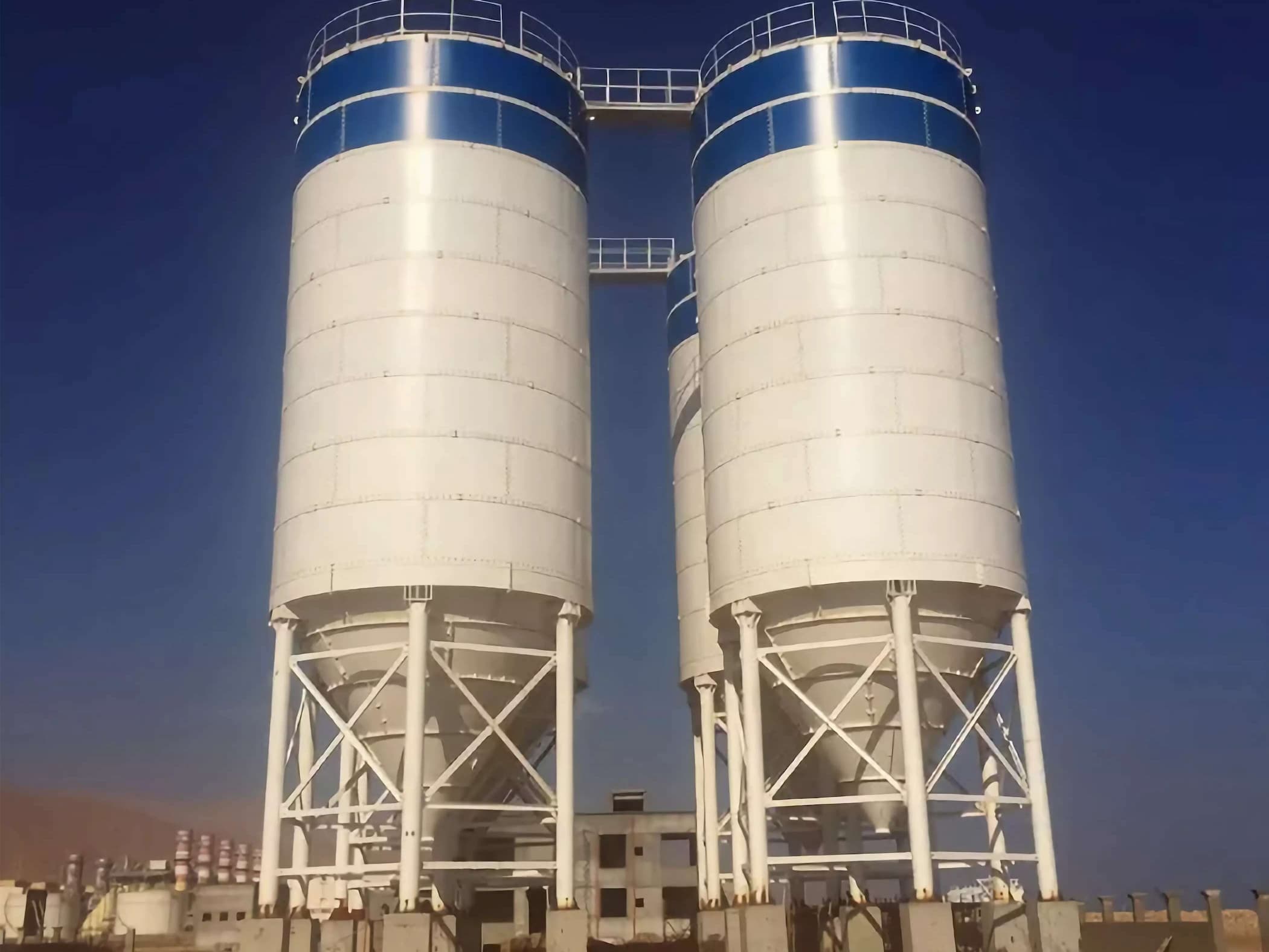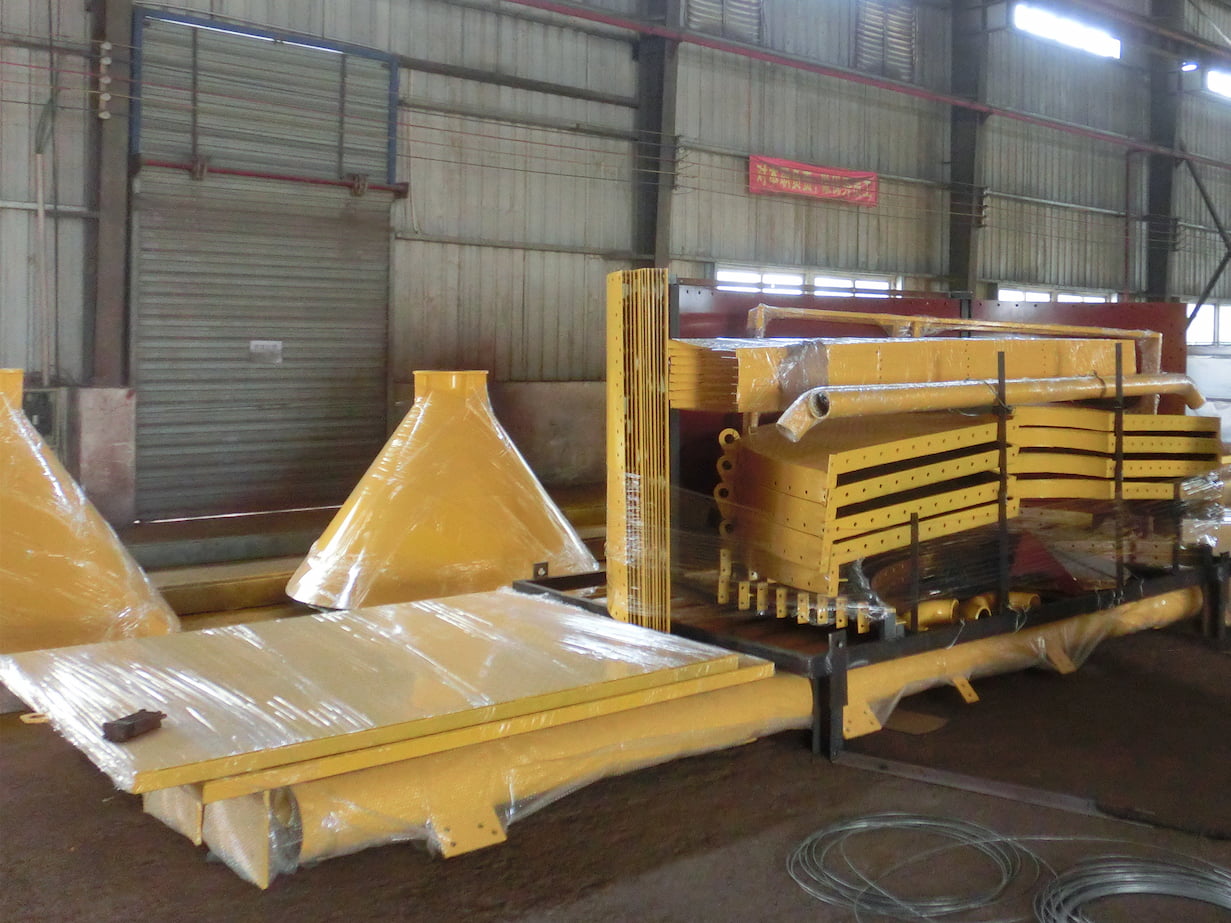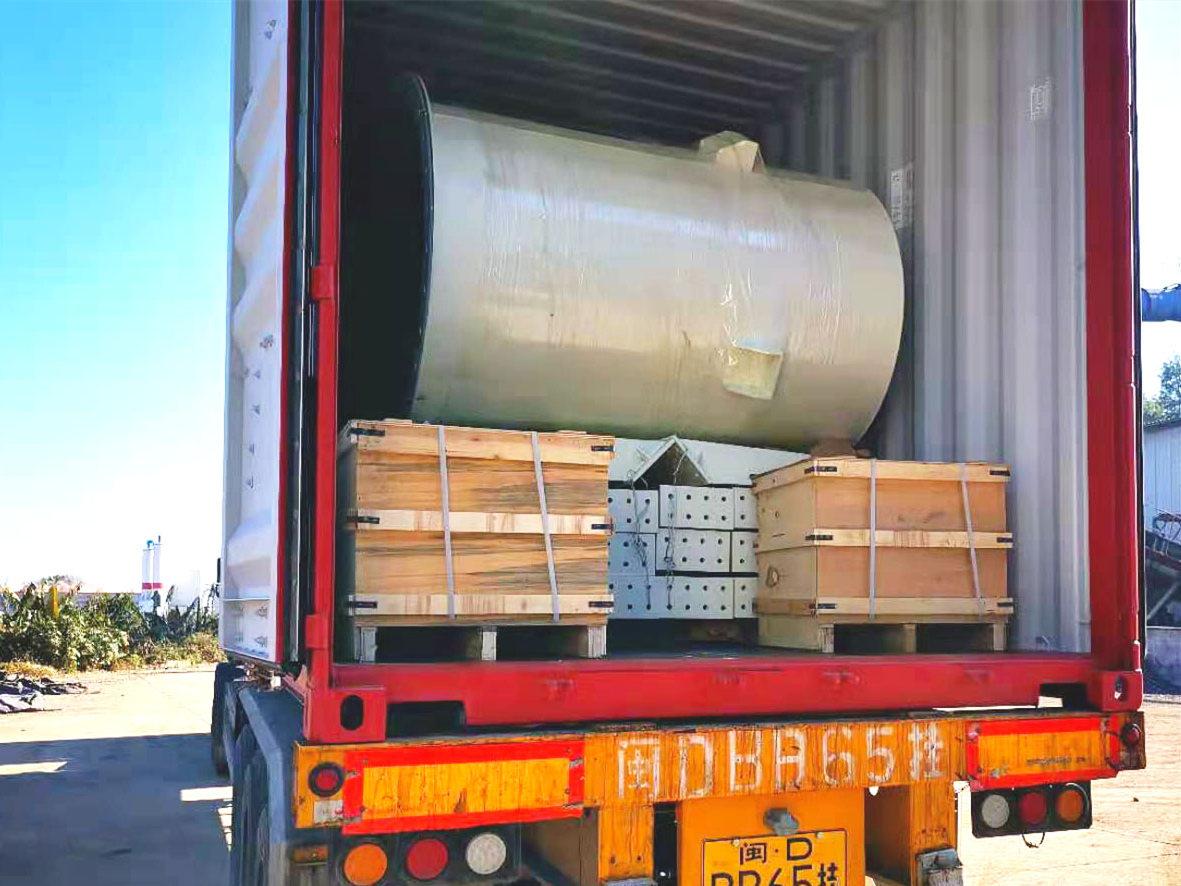A new type of assembly storage silo solution called "bolted type silo" is gradually emerging and becoming the focus of attention in many industries. As a kind of storage equipment, quick assemble silo has been widely used in many fields such as logistics, agriculture and industry in recent years. This kind of steel silo tank not only has the characteristics of quick construction, easy disassembly and reorganization, but also pays more and more attention to the integration of green environmental protection concepts.
The core of the chip mounted rapid disassembly silo lies in the two characteristics of "modularity" and "rapid assembly". The storage s are designed as multiple independent, standardized modules, each of which can be precisely manufactured in a factory and then transported to the site for rapid assembly. This design method has completely changed the construction mode of traditional tower s, improving efficiency and reducing costs, while also enhancing flexibility and scalability.
1. Technological innovation and design advantages
Modular design: Each module is self-contained and can be produced, transported and installed separately. This design not only simplifies the production process, but also improves the repairability and replaceable ability of the silo product. If there is a problem with one module, the module can be replaced without shutting down the entire silo system.
Standardized production: Due to the modular design, each module can be produced according to a unified standard, thus achieving the scale and standardization of production. This helps to improve steel bolted tanks quality and reduce production costs, while also facilitating subsequent maintenance and upgrades.
Quick disassembly: Compared to traditional storage silos, which require extensive on-site construction and welding, the flexible assembly silos is much simpler and faster. By mechanical means such as bolt connection, the bolted steel silo tank can be constructed or dismantled in a short time, which greatly improves the work efficiency.
2. Application fields and market prospects of fly ash bolted type silo
Building materials industry: storage of bulk materials such as cement, concrete, sand, and fly ash. These materials have certain requirements for the storage environment, and the assembly silo tank can provide good sealing and corrosion resistance to meet the storage needs.
Agriculture and food industry: used for the storage of agricultural products such as grain, pellet, corn and feed. The flexibility and scalability of the bolted type silo allows it to be quickly adjusted to the yield and storage needs of the crop.
Chemical industry: storage of various chemical raw materials and finished products. Because chemical materials are often corrosive or flammable and explosive, the requirements for storage equipment are high. The corrosion resistance and tightness of the chip silo make it an ideal storage solution for the chemical industry.
Energy industry: Used for coal, ore and other energy storage. These materials are in large quantities and require large-capacity storage equipment. The modular design of the assemble silo makes it easy to expand the capacity as needed.
As these industries continue to grow, so does the demand for storage facilities. With its unique advantages, the rapid assembly silo has shown a broad market prospect in the field of storage.
3, Green environmental protection and intelligence
Intelligence and automation:
The development of intelligent and automated technology will promote the upgrade of quick-assembly silos. Through the introduction of intelligent silo control systems and automation equipment, accurate control of material storage, transportation and management in silos can be achieved, reducing errors and waste caused by human operations, and improving overall operational efficiency.
Innovation of energy saving and environmental protection technology:
In terms of energy saving and environmental protection, the quick-disassembly bolted type storage powder silo will continue to explore new technologies and methods. For example, using renewable energy sources such as solar and wind power to power silos; Develop more efficient energy-saving equipment; The use of advanced sewage treatment and waste gas treatment technology to reduce environmental pollution.
 |
 |
 |